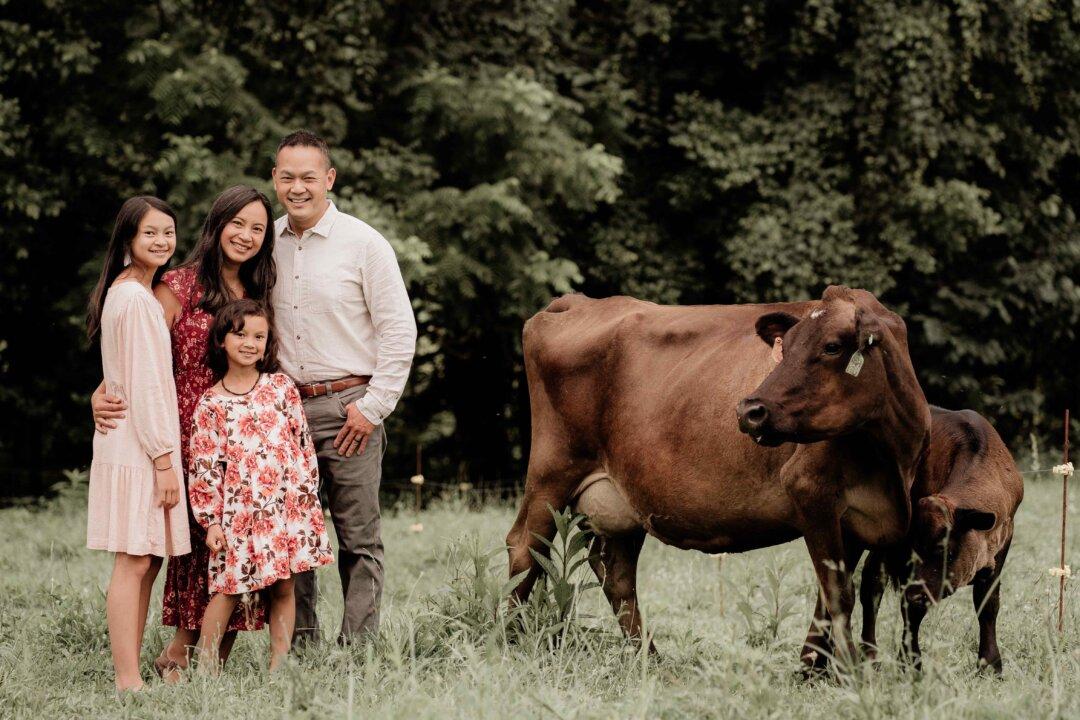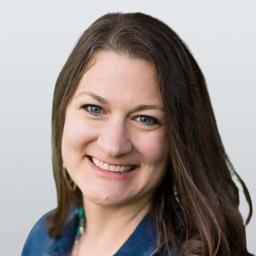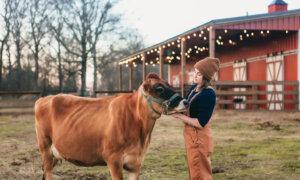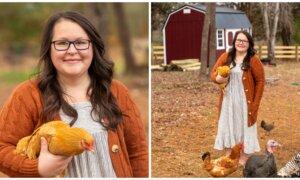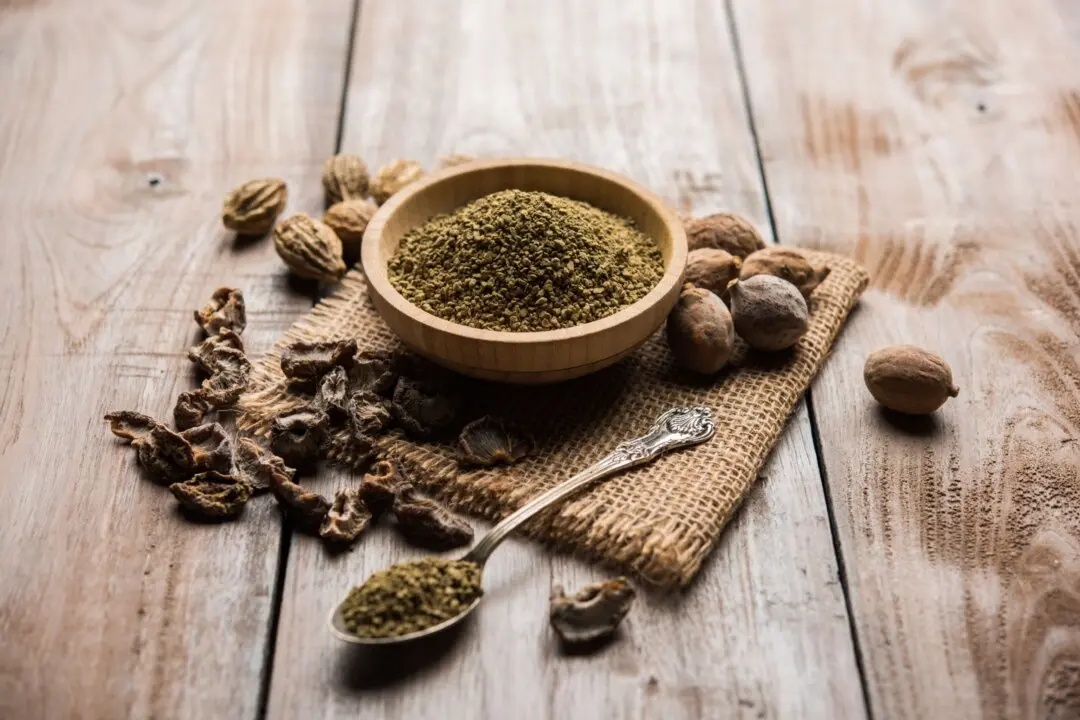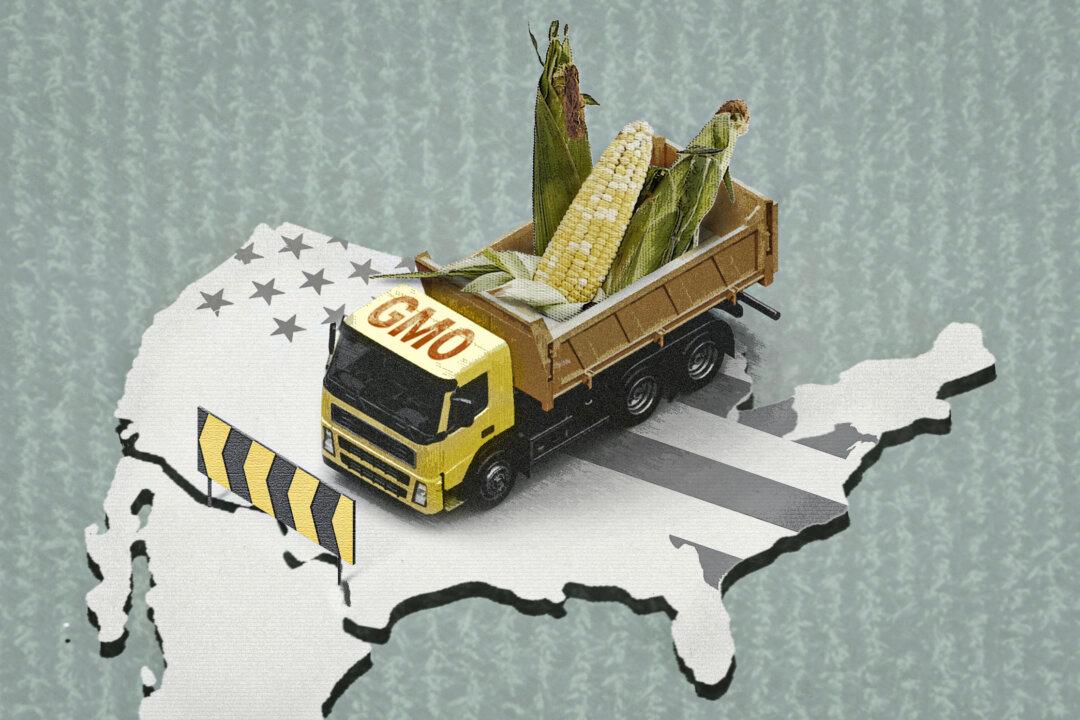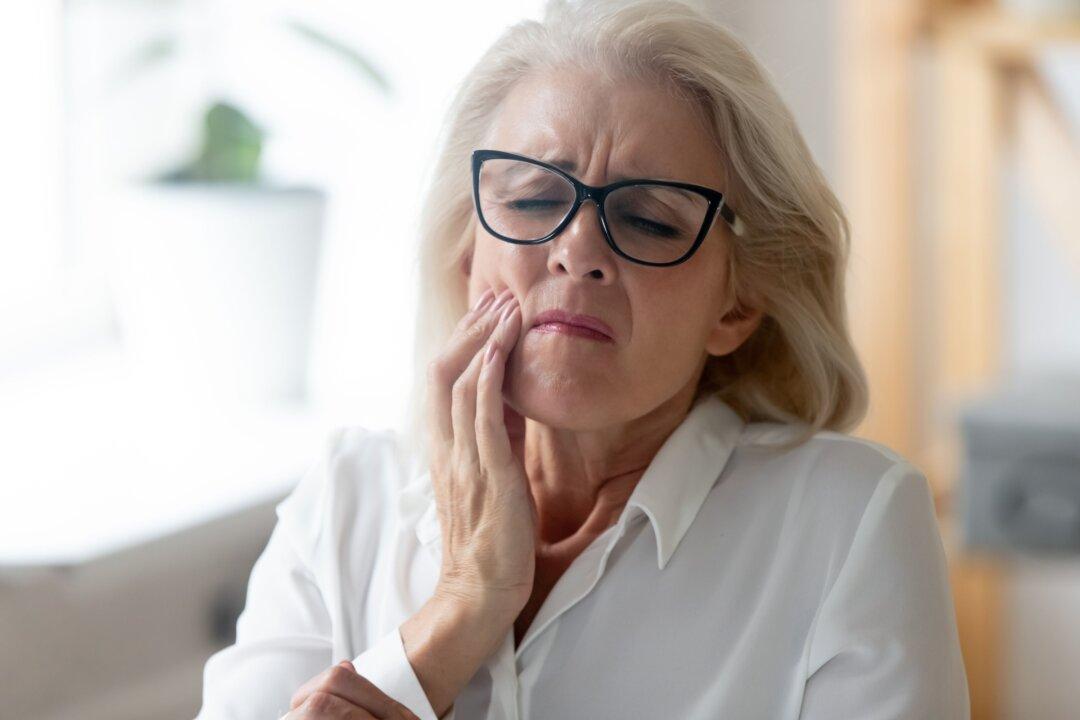Born and raised in Silicon Valley, Sophia Nguyen Eng was poised for success in the technology world.
She was good at what she did—growth marketing campaigns for startups and Fortune 500 companies—and was well on her way up the corporate ladder. She founded an organization, Women in Growth, to support other women working in the tech space. Hers was a resume that would make any aspiring professional envious.
Then the birth of her oldest daughter, Emily, in 2011 inspired her to reach new heights—not in tech, but in the kitchen. It’s the beginning of this unusual and fascinating tale of how an ambitious American family traded the boardroom for a farm.
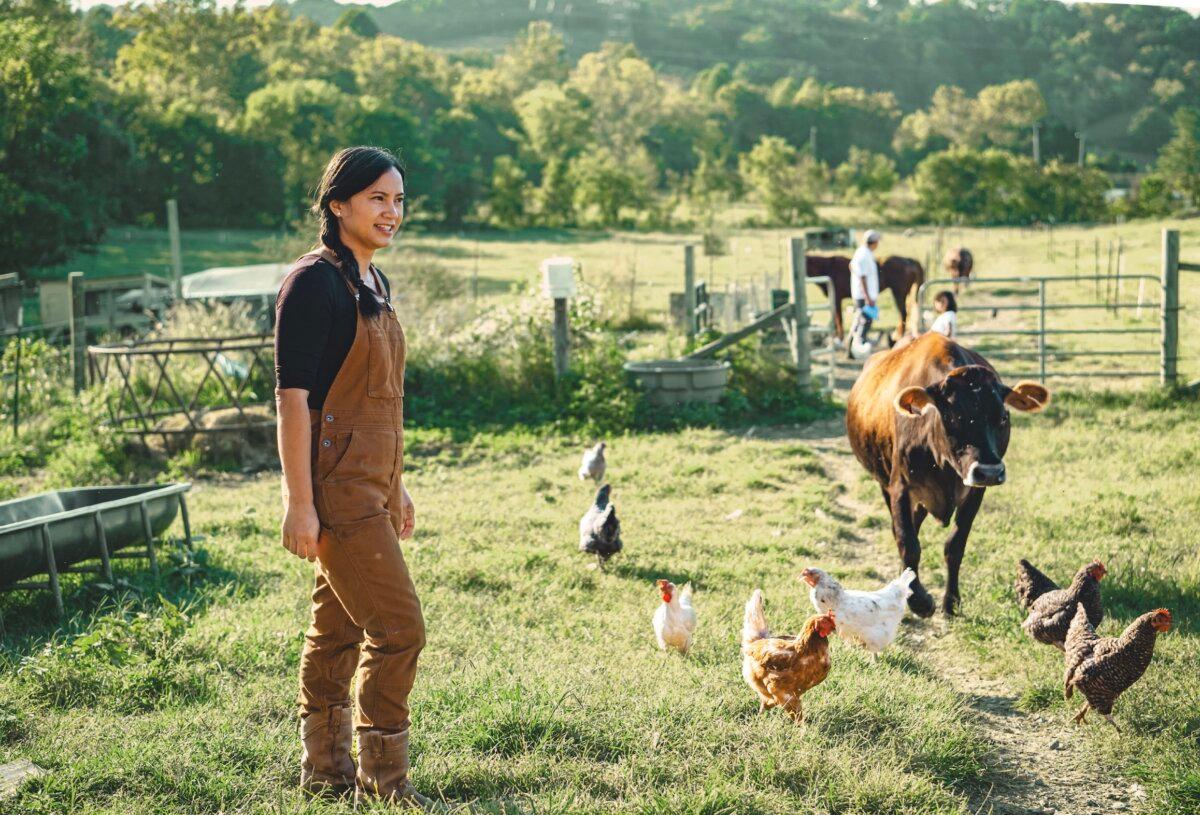
Reaching for Ancient Wisdom
Ms. Eng’s journey began at the grocery store, where the selection of baby foods looked gray and unappetizing. A first-generation Vietnamese American who wasn’t accustomed to cooking fruit, she decided to research how to make her own applesauce for Emily.A line in a cookbook gave her pause. Organic is best for babies, it said, because their bodies cannot tolerate or process pesticides and herbicides.
“At what point can her body process it?” Ms. Eng mused. “Or are we doing it wrong, and should we be changing the way we think about food?”
It was then that she remembered the yellow book on nutrition gifted to her by a fellow military family when her husband, Tim, was an officer in the U.S. Army. The family lived on a homestead, had a dairy cow, made their own medicinal tinctures, and homeschooled their eight children. They often shared wisdom with the couple.
“She was telling me, ‘You’ve got to try this grass-fed raw milk,’” Ms. Eng recalled, laughing at the memory. “I thought, ‘Oh no. This is how I’m going to die.’”
But the responsibility of raising a child, and her own intuition, were driving her to seek out the truth about food. Suddenly, she felt that knowing the habits of this odd but healthy and happy family was vital to her own. The new mother was older and wiser, and she knew that different didn’t equate with detriment. Not to mention her firsthand experience: Growing up, she was teased for the homemade—and sometimes pungent—ethnic food in her brown bag lunches, while peers devoured processed food from brightly colored packages. Back then, she was envious of the vending machine snacks in their lunch boxes.
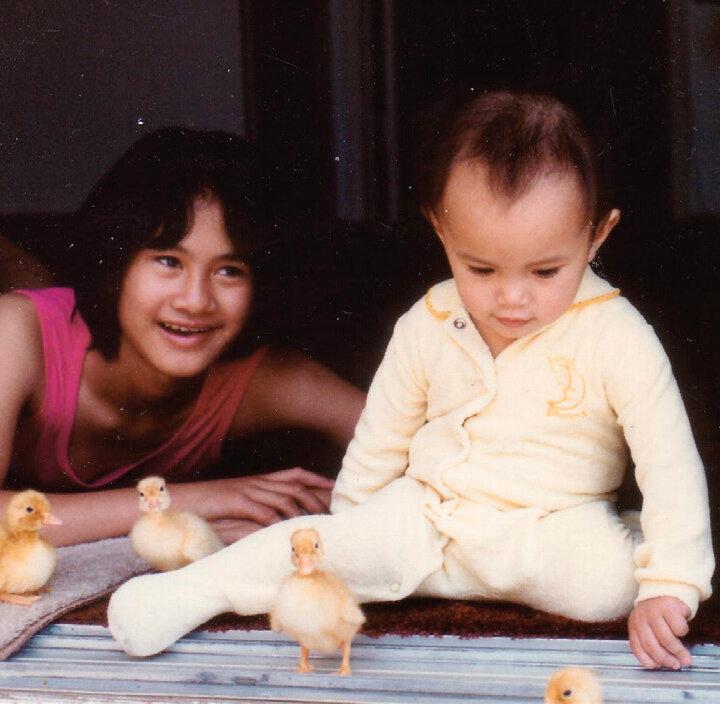
Like others before her, Ms. Eng was captivated by his work. The book gelled with her experiences with healing that came on the heels of dietary changes. In one instance, her husband’s fiercely itchy eczema disappeared when they changed their meat source from supermarket beef to grass-fed and grass-finished beef from a local farm.
It also resonated with her heritage: the rich Vietnamese flavors and traditions that influenced her parents’ wholesome, nutrient-dense cooking and sparked her own lifelong interest in nutrition. She recalled something that her grandfather, who spoke rarely, told her as a child: “Eat to live. Do not live to eat.” So began a journey following a trail of breadcrumbs that would lead her back to her roots.
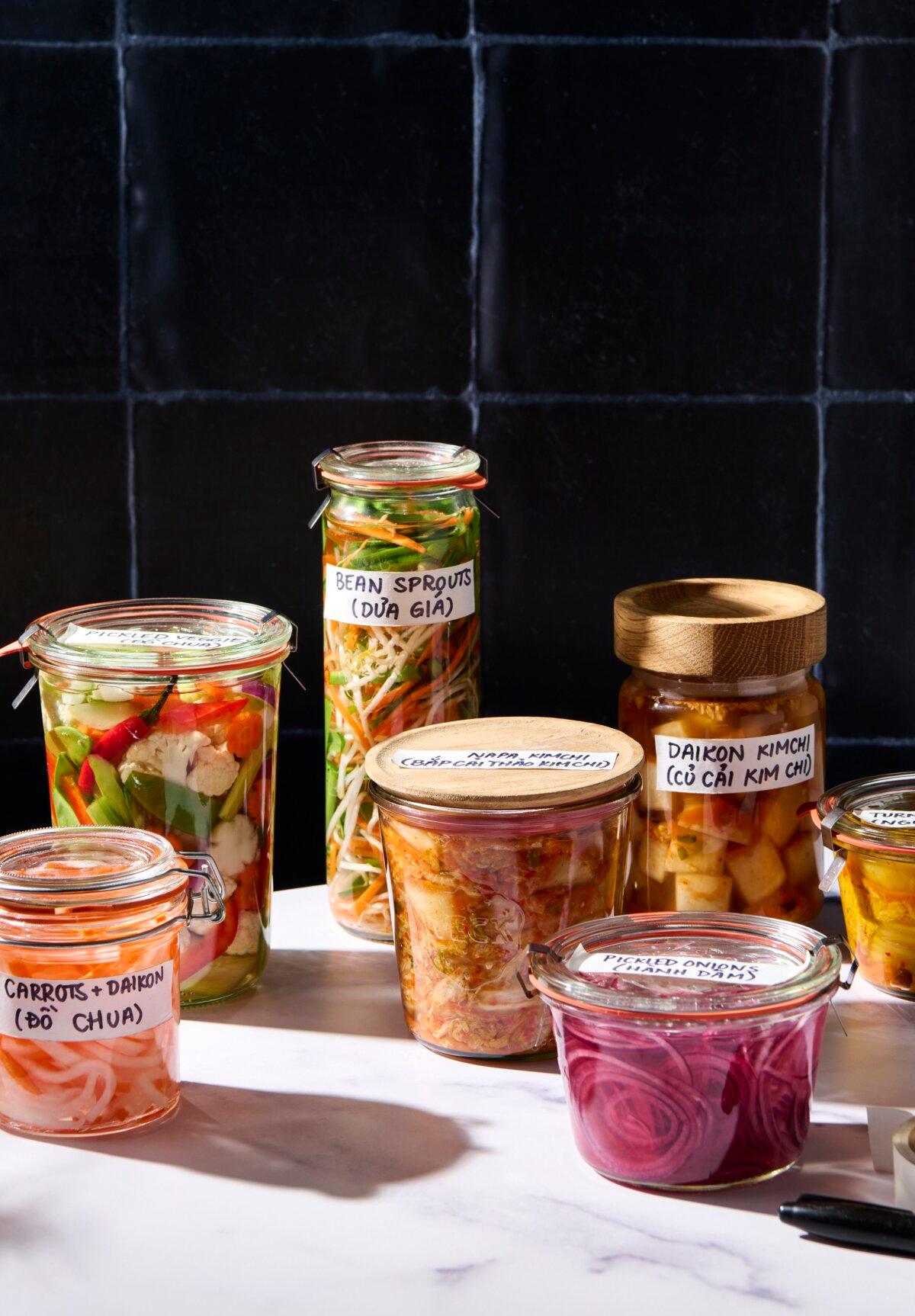
Filling the Gap
Though Ms. Eng instantly gravitated toward the Wise Traditions principles, she encountered a roadblock: They had no specific guidance for Asian diets. Price had never visited an Asian country, as they didn’t fit his criteria; at the time, they were largely already influenced by industrialization.“It was a dilemma for us because we were trying to honor our cultural traditions, while embracing a nourishing diet with what felt like a missing gap,” Ms. Eng said. Her husband is a second-generation Chinese American. “I wanted to try to see if I could apply Weston A. Price principles to Asian cuisine. It felt like a natural fit because many traditional Asian culinary practices aligned with emphasis on real, unprocessed ingredients and mindful preparation.”
The family decided to start with common ground and figure out the rest. Some principles were easier to adopt: cooking most vegetables; liberal use of gelatinous bone broths; proper preparation of grains, nuts, and seeds to enhance digestion; and special nutrient-dense foods before conception, during pregnancy, and for growing babies.
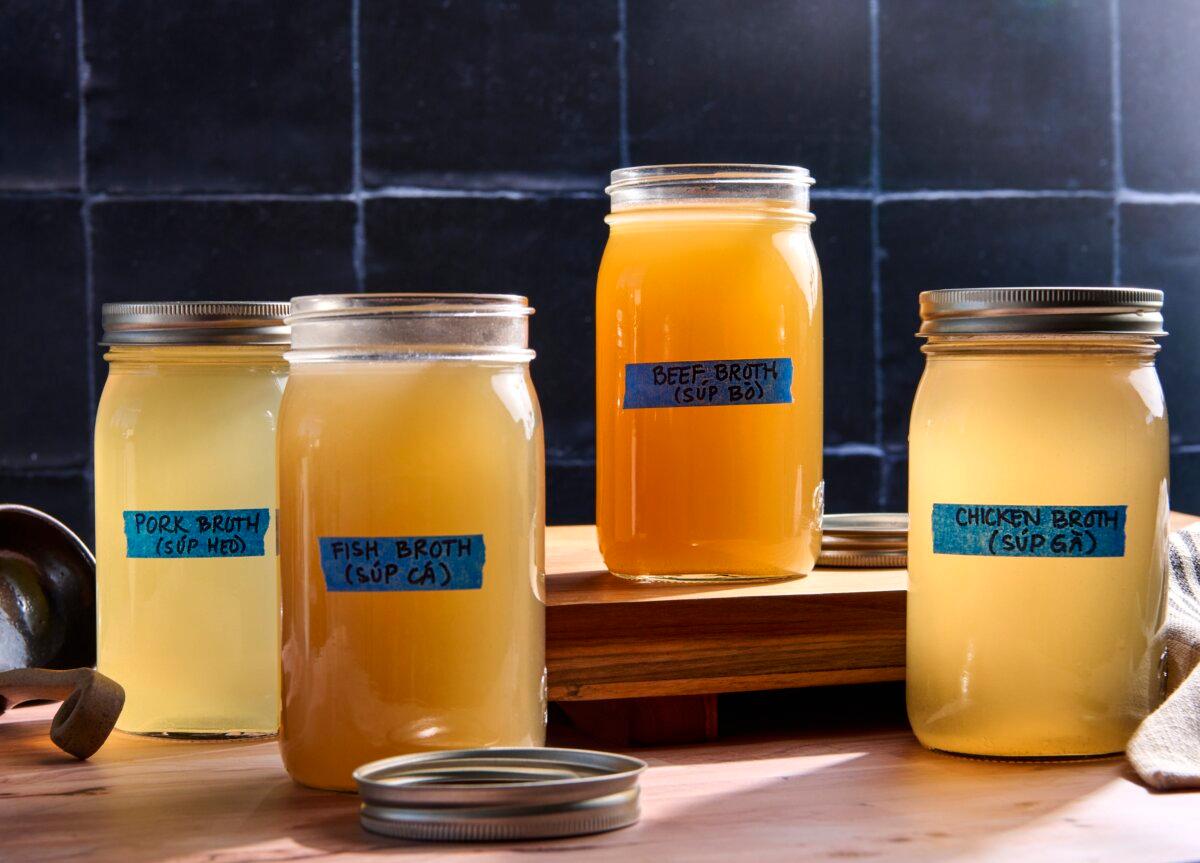
Others were more challenging, such as adding raw dairy, not traditionally part of Asian diets, and getting rid of refined foods, which had become part of their kitchen as a modern, busy Asian American family. On one occasion, Ms. Eng impulsively purged the refrigerator of all the conveniently packaged marinades and condiments they’d used.
Initially shocked, Ms. Eng’s mother quickly got on board. Together, they reworked their family recipes to be more nourishing and nutrient-dense, combining traditional Asian cooking practices with what they’d newly learned.
To make nuoc cham, a classic Vietnamese dipping sauce, for instance, Ms. Eng swaps the typical refined sugar with honey or maple syrup. To replace the sugar in bun bo Hue, a spicy noodle soup, she uses jujube fruits. And instead of cooking with canola or vegetable oil, as many Asian recipes call for, she opts for lard, tallow, or duck fat.
Some projects were more involved. Making the perfect homemade fish sauce, an Asian pantry staple, meant a year of fermenting anchovies with pineapple and salt—totally worth it, Ms. Eng insisted. The process flies in the face of fast-food culture, but it summons a deeper appreciation for food. (The family goes through a lot of fish sauce, though, so they supplement with store-bought bottles from the Red Boat brand, free of added sugar or preservatives.)
“Recipe by recipe, we’ve recreated everything so it tastes traditionally Asian,” Ms. Eng said. “It took us a couple years, but we got to a point where Mom and Dad could eat it with their discerning palates.”
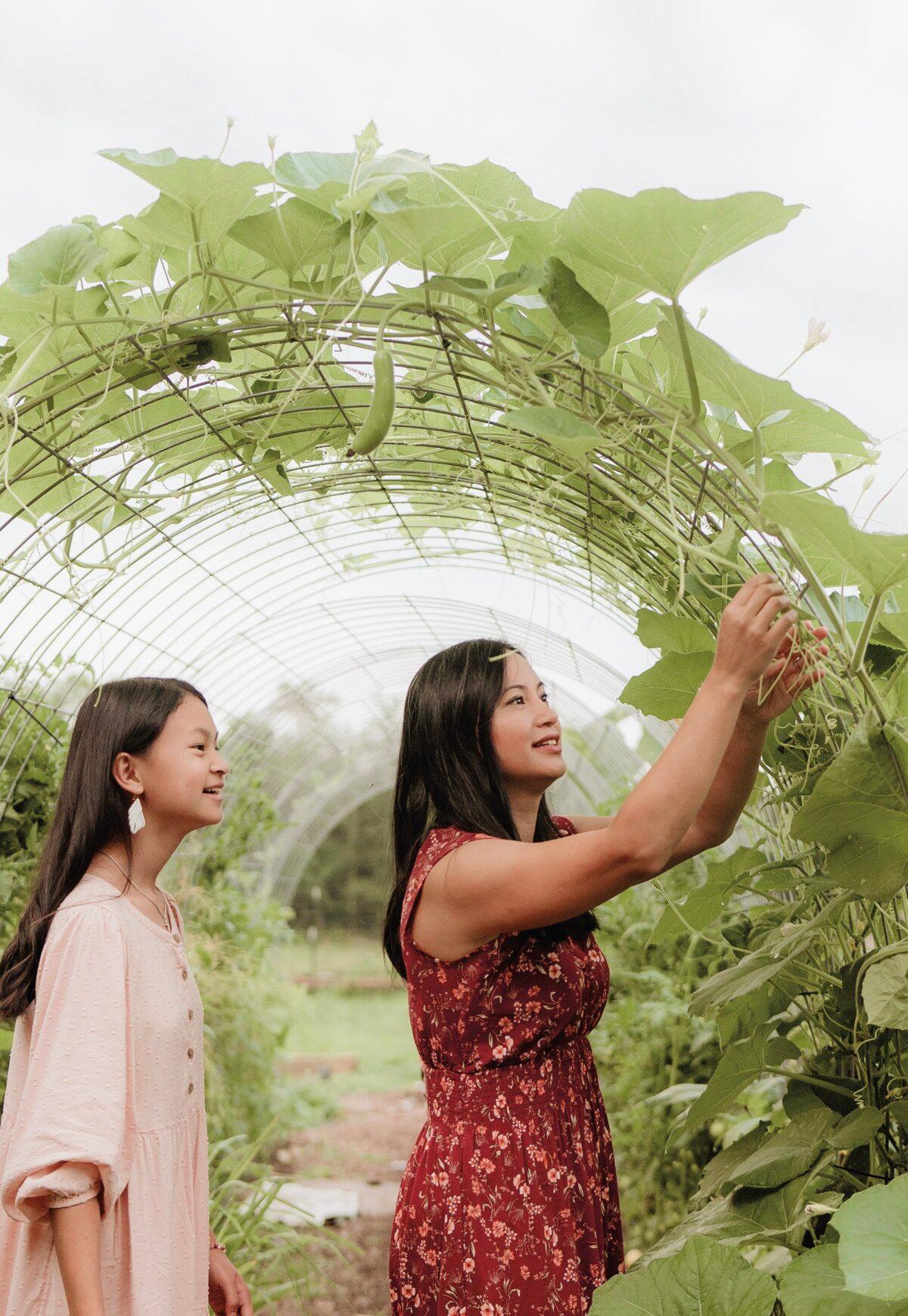
A Farm of Their Own
The Engs also grow many of their ingredients, a practice that began in their quarter-acre suburban neighborhood lot in Pleasant Hill that they transformed into a garden. The family came to realize that while good food intersects with good health, both rely on good agriculture. Ms. Eng knew that growing food demands healthy soil, made so by returning everything that comes out of the ground back into the earth.That was a breadcrumb dropped along her path by Joel Salatin of Polyface Farm, the self-proclaimed “lunatic farmer,” whom Ms. Eng first met at a Google event. The Engs took classes from him and others to learn how to honor regenerative farming practices—even with their small yard.
Then the unthinkable happened. The pandemic hit, and food insecurity suddenly became a real threat. Ms. Eng’s parents had always warned their children of this possibility. They had fled Saigon in 1975, the day before it fell in the Vietnam War, before settling in California.
The Engs mobilized quickly and overpaid for three egg-laying hens—more than $300 each—to ensure they could have sustainable protein. The vulnerability of that decision inspired them to put themselves in a better position for self-reliance. In 2021, they moved—taking their chickens with them—to a homestead north of Sacramento. They expanded their garden and added livestock, starting with goats and sheep.
Then they traveled the country to fast-track their learning about homestead living. By 2022, they’d left California altogether and bought five acres to build a permaculture farm in the Appalachian mountain region of eastern Tennessee. Now they’ve added three dairy cows and have a steady supply of raw milk to enjoy, plus some to share.
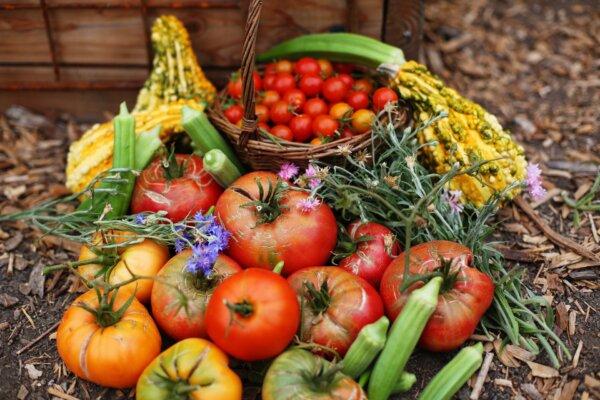
Today, Ms. Eng starts her days outside harvesting food, feeding animals, and collecting eggs. She homeschools her two daughters, cooks from scratch for her family, and works from home with her husband. They specialize in real estate work for homesteading families, and she continues to offer business and marketing consulting.
Though she left the fast-paced world of Silicon Valley behind her, she took all the lessons from growing startups to apply to her new, slower lifestyle.
That includes teaching daughters Emily, 12, and Natalie, 8, about entrepreneurship. As a homeschool project, Ms. Eng encouraged them to pick a few products they were already making for their home—healing salves and spice blends, often using homegrown ingredients—to create a business. Emily and Natalie designed the logo, worked at farmers markets, and discussed the business with retail prospects.
A Circle of Care
Another breadcrumb on Ms. Eng’s journey was a dream she’d tucked in her heart for a decade. She picked it up at the end of 2022, when she took three months off work to create “The Nourishing Asian Kitchen: Nutrient-Dense Recipes for Health & Healing.” The cookbook includes all her recipes, as well as her family’s stories and the secrets of their garden-to-plate lifestyle.It was supposed to be a little family heirloom project, until she was encouraged to approach a professional publisher. It was released just before Christmas in 2023. Ms. Fallon Morell, author of “Nourishing Traditions,” wrote the foreword.
Now, it’s her own cookbook that may someday be dusted off a young family’s bookshelf to inspire them to rethink nutrition and rediscover tradition.
Seeing her cookbook through the eyes of others made Ms. Eng realize that it was the sort of guidance she’d been looking for but ended up creating because it couldn’t be found. Through the process, her vision began shifting more outward, evidenced by her online cooking courses, speaking engagements at homesteading and farming conferences, homesteading-centered “Call to Farms” podcast, and embrace of community.
“You’re always taking what you need and keeping enough back for the people you’re sharing with. You want to leave something of value behind,” she said. “How can we see everyone in the community and all the hands that helped prepare the food, and how do we share so we are taking care of each other well?”
The family recently bought an additional 20 acres with a vision to lease the land to others, with the help of crowdfunding, so local small farmers can grow healthy food for their community.
“I feel like I found my ikigai,” Ms. Eng said, referring to the Japanese principle of discovering the intersection of your passion, mission, vocation, and profession—finding joy through living out your purpose. “It doesn’t feel like work. It’s an incredible mission that we’re on.”

